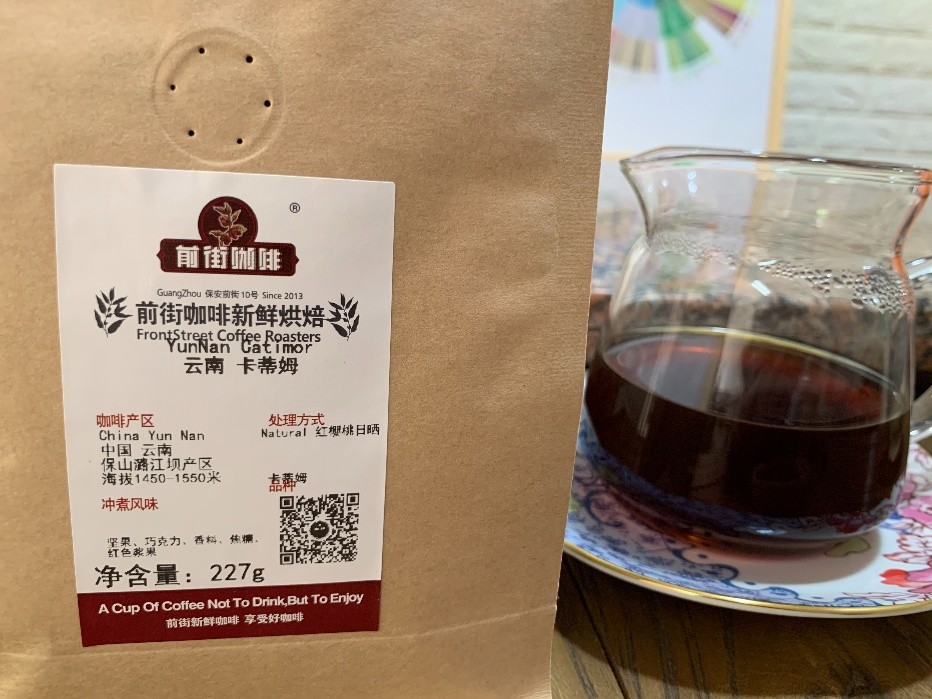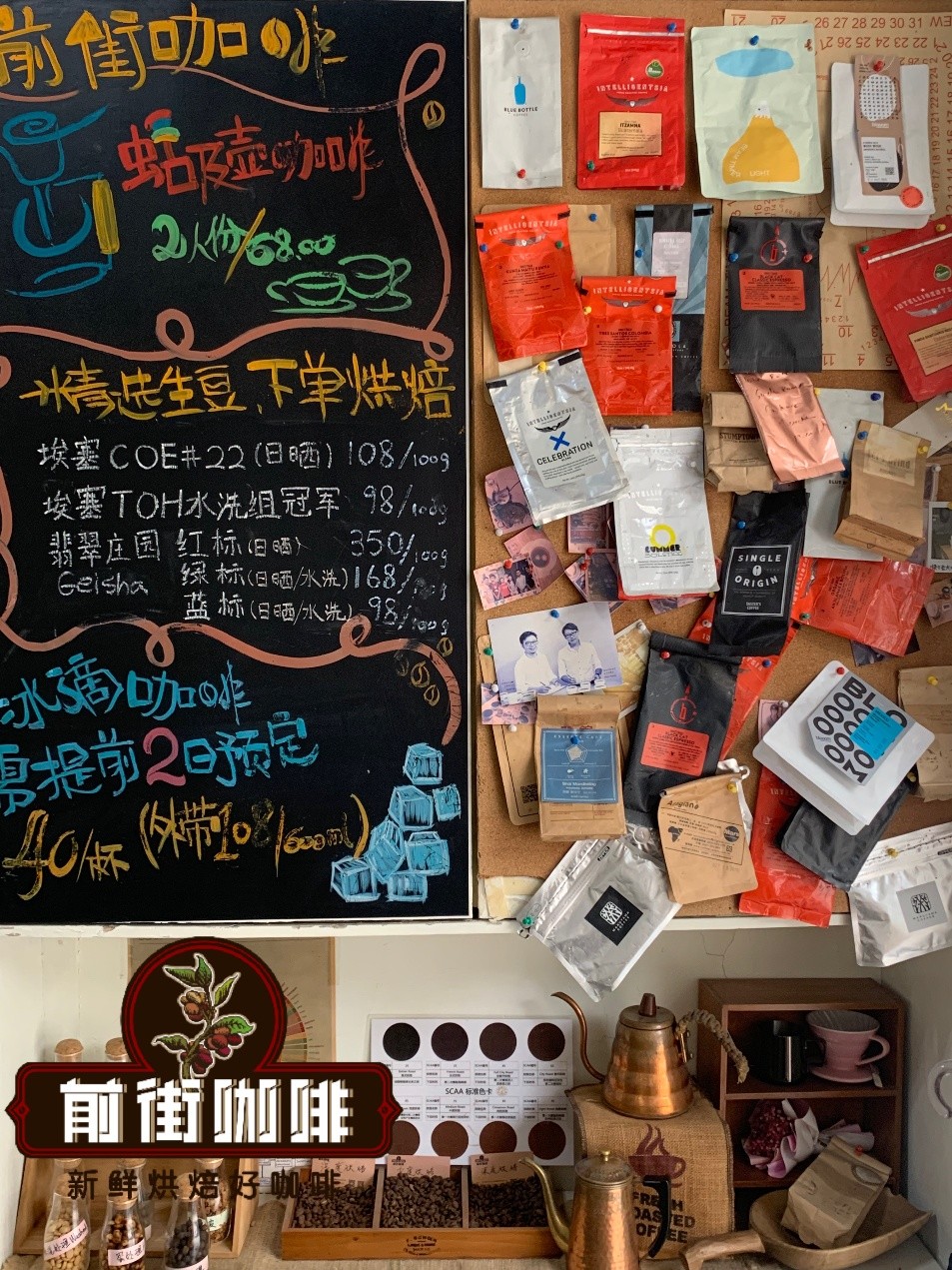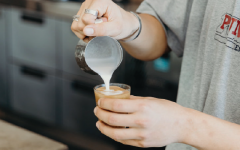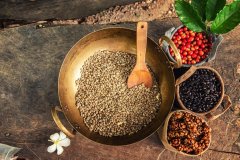Flavor and taste characteristics of Yunnan washed coffee beans? How did the honey treatment come from?
The coffee we drink comes from the seeds of coffee beans. The coffee processing process involves removing layers on the coffee fruit, such as mucus and parchment, until we get the seeds. Different types of processing involve the removal of fruit layers in different ways and at different times. Natural coffee is a completely dry coffee, that is to say, it is "natural" dry. The outer layer, from the epidermis to parchment, is later removed in a dry mill.

Washed coffee: the coffee we drink comes from the seeds of fruit. The coffee processing process involves removing layers on the coffee fruit, such as mucus and parchment, until we get the seeds. Different types of processing involve the removal of fruit layers in different ways and at different times. Washed coffee is a kind of coffee that removes the skin, pulp and mucus from a wet grinder before drying. Water is used to "wash off" some layers, so it is called "washed coffee". Washed coffee can highlight all aspects of style and variety; they are usually characterized by clean, bright and consistent tastes.
Coffee name: Banka
Washing station: Banka
Area: Menglian, Yunnan
Variety: Catimor
Size: 14-16, 17 +
Cupping score: 82
MASL:1250
Annual output: 5 tons
Flavor: lemon, strawberry, tomato
What is honey coffee?
The coffee we drink comes from the seeds of fruit. The coffee processing process involves removing layers on the coffee fruit, such as mucus and parchment, until we get the seeds.
Different types of processing involve the removal of fruit layers in different ways and at different times. Honey coffee is a kind of coffee that removes the skin and flesh in a wet mill and then dries (usually on an elevated bed). Unlike natural coffee, the epidermis is removed, but unlike washed coffee, mucus still exists. The name of honey coffee does not come from the flavor associated with this method of processing, but refers to the color of the coffee when it is dried.

What are micro-batch coffee beans?
Although microlot's "micro" is unevenly small, it also means very small pecial and unique coffee. The "parcel" in microlot usually refers to a subdivision of a larger area, or it can refer to separate land that is smaller than a conventional production area.
The smaller plot area is important because it gives more care and consideration to coffee in the process of development, harvest and production. The end result is a unique and delicious coffee that shows the extra attention of farmers and local people.
The uniqueness of micro batches can be understood in terms of quality, flavor and usability. These are "precious" coffees from specific regions, and the higher prices of these coffees recognize the risks, special concerns and additional resources used in their production.
Current micro-batch inventory
Coffee name: Ouyang
Craft: natural
Washing station: Ouyang
Region: Xishuangbanna, Yunnan
Variety: Catimor
Size: 14-16, 17 +
Cup test score: 86
Altitude: 1350
Annual output: 2 tons
Remarks: jackfruit, sucrose, strawberry
Important Notice :
前街咖啡 FrontStreet Coffee has moved to new addredd:
FrontStreet Coffee Address: 315,Donghua East Road,GuangZhou
Tel:020 38364473
- Prev

Home foaming tips teaching foaming steps tips coffee foaming machine brand recommendations
The best lattes and cappuccinos are as good as their signature frothy tops. Even with premium espresso machines, French press or drip coffee machines, milk is essential to coffee taste and art. That's why the frother is a must-have device for many coffee lovers. Come to the front street today
- Next

Indonesian coffee producing area Indonesian Arabica coffee beans cultivation characteristics and historical development story
Indonesian coffee, grown in ash, pepper and spices, is revered for its distinctive, unmistakable flavor, velvety texture and earthy hues. Secret? Position, position, position. Located between the Pacific Ocean and the Indian Ocean, the Republic of Indonesia consists of more than 16,000 mountainous volcanic islands, including Arabica, Java, Sumatra and Sura.
Related
- Detailed explanation of Jadeite planting Land in Panamanian Jadeite Manor introduction to the grading system of Jadeite competitive bidding, Red bid, Green bid and Rose Summer
- Story of Coffee planting in Brenka region of Costa Rica Stonehenge Manor anaerobic heavy honey treatment of flavor mouth
- What's on the barrel of Blue Mountain Coffee beans?
- Can American coffee also pull flowers? How to use hot American style to pull out a good-looking pattern?
- Can you make a cold extract with coffee beans? What is the right proportion for cold-extracted coffee formula?
- Indonesian PWN Gold Mandrine Coffee Origin Features Flavor How to Chong? Mandolin coffee is American.
- A brief introduction to the flavor characteristics of Brazilian yellow bourbon coffee beans
- What is the effect of different water quality on the flavor of cold-extracted coffee? What kind of water is best for brewing coffee?
- Why do you think of Rose Summer whenever you mention Panamanian coffee?
- Introduction to the characteristics of authentic blue mountain coffee bean producing areas? What is the CIB Coffee Authority in Jamaica?

